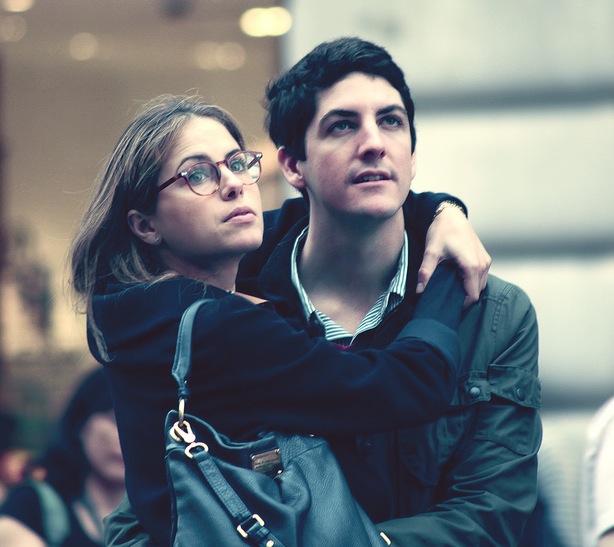Miah, A. (2004) The Public Autopsy: Somewhere Between Art, Education, and Entertainment, Journal of Medical Ethics, 30, Dec, 576-579.
From the medical perspective, perhaps the most useful lesson of the public autopsy is that it is an indication of public curiosity about medicine, which might reflect a feeling of exclusion from medical discussions concerning health care. For this reason alone, there seems to be some merit in the positive discourse surrounding von Hagens’s works, even if his own justifications for many, including myself, remained weak. On this view, it can be useful for medical practitioners to recognise that the public autopsy was an opportunity for readdressing the relationship between the medical community and its prospective patients. There is an underlying premise to the public autopsy that is highly appealing and intellectually rich, even if one finds von Hagens’s justification of the public autopsy to be lacking. An exploration of death through art is certainly a worthy theme, offering a rare and needed philosophical insight into medicine. Moreover, knowing that the bodies used in the Body Worlds exhibition and the autopsy are real, adds some additional value to both. Yet, von Hagens is not the first person to raise questions about the meaning of death through artistic endeavours. Nor is he the most thought provoking.
Unfortunately, neither the Body Worlds exhibition nor the public autopsy was a reaction to post(modern) humanity or a meaningful re-engagement with death, through the medium of the body. The reason why these events have attracted such attention, however, is precisely because people feel there is a need for them. The exhibition and the autopsy were more like a 19th century freak show. People are not watching out of an interest in engaging with broad philosophical concepts about being human. They do not care much whether we, as humans, have undermined something essential about ourselves by obscuring the grotesque aspects of life with artifice. What they are really attracted by is the spectacle of real bodies displayed inside out. Since Channel 4’s broadcast was conducted in a manner that fed this fascination with spectacle, it reinforced this perspective. This is unfortunate, mostly because it could have been otherwise but also because there is a philosophically credible rationale for von Hagens’s work, as I have tried to suggest. If Channel 4 had avoided framing the moral issue of the autopsy solely in the context of whether it was medically ethical and, perhaps, used more commentaries from disinterested speakers such as Christine Odone, it might have been possible to engage with such issues a little more. Wanting to push medicine out into the public domain is a valuable aspiration. Importantly then, the alarming ethical concern is not that people approach this kind of event in a manner that might seem disrespectful to the human cadaver and that this should deter us from wanting to permit such activities from taking place, as if they are just another trivial form of reality TV. Instead, it should be possible to try to place these unusual moments at the centre of a richer discourse, one that is intellectually challenging, thought provoking, and intriguing. A subsequent argument might be had as to whether television lends itself to such possibilities, though the treatment of other issues has been more extensive and in depth. The evolution weekend—for example, also held on Channel 4, at the turn of the millennium, treated questions about evolution and our species in a much more rigorous manner. The equivocation about: whether von Hagens’s public autopsy was a performance or procedure; why people applauded upon seeing the cadaver’s internal organs lifted out of the body; why the event was allowed to take place despite von Hagens not having a licence; why the Body Worlds exhibition has generated so much interest, and why all this attracted Channel 4 to broadcast it, and other major television channels to place it in their headlines, arises precisely because at the same time there is an equivocation about the relationship of medicine to real, living people. Each of these elements has been interesting largely for the non-medical practitioner—the potential and actual patients or, perhaps, consumers of medicine.
The most valuable and interesting outcome from this event was the realisation that people do not understand or engage with important aspects of their medical identities. Death matters, but it is a concept that is alien to people and childishly fascinating, just because it is an alien concept. This is not an argument in favour of another von Hagens style public autopsy. Nor is it an argument in support of the emerging ‘‘reality’’ television medical programmes, such as the US based cosmetic surgery game show Extreme Makeovers, a similar version of which was broadcast in the UK in 2002 (How Do I Look, ITV1, 12 October 2002). It is, however, an argument for popularising medicine and placing it in the broader public sphere. Without the possibility of experiencing events such as the public autopsy, medicine remains a relatively isolated, mysterious, and cold practice."


